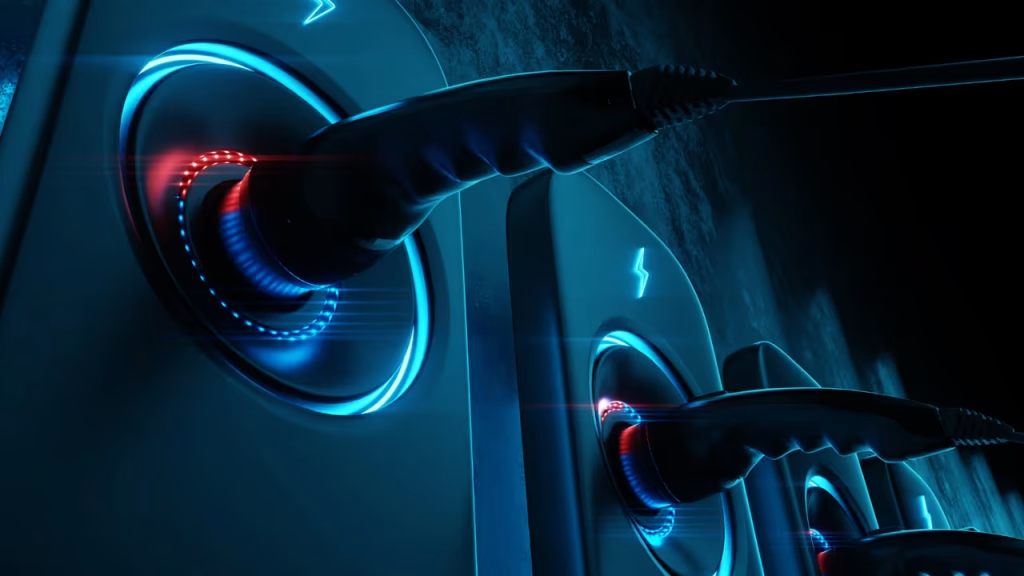the real talk on ev charging
So, you’ve decided to hop on the electric vehicle (EV) bandwagon—congratulations! But let’s get real for a moment: charging your new eco-friendly ride can feel like a scavenger hunt. Sure, the idea of driving electric is thrilling, but the logistics of keeping your battery alive? That’s where the fun can start to fade. If you’re wondering how to navigate this new world of charging, buckle up because it’s a wild ride.
the three charging levels—what’s the scoop?
First off, let’s break down the types of chargers you’ll encounter. It’s essential to know what’s what so you can charge up without pulling your hair out:
- Level 1: This is your everyday outlet, the tortoise of the EV world. It’s perfect for overnight charging, but don’t expect to win any races with this option. A full charge can take ages!
- Level 2: Now we’re talking! Found in most public charging stations, these chargers can give your EV a solid boost in just a few hours. Think of it as a quick coffee break while you run errands.
- DC fast charging: The superheroes of charging! If you’re in a hurry, this is your go-to. You can get about 80% of your battery charged in a mere 30 minutes. Perfect for those road trip pit stops!
the quest for charging stations
So, where do you find these charging stations? If you’re one of the lucky ones with a home charger, you’re golden. But for many, public charging stations are a necessity, and finding one can feel like hunting for treasure. Ever driven to a station only to find it occupied or, worse, broken? It’s enough to make you question your decision to go electric. Why is it still such a struggle?
the infrastructure struggle
Let’s be honest: the current charging infrastructure is a bit of a mess. With more EVs on the road, the demand for charging stations is skyrocketing, but the supply is lagging behind. Cities are playing catch-up, and it’s frustrating for drivers. If we don’t get these networks sorted out, we might as well still be driving gas guzzlers. Are we really ready for this shift?
what’s brewing in the future?
Looking ahead, there’s a mix of hope and uncertainty. Innovations like wireless charging are coming down the pipeline, which could change the game. Imagine pulling into your driveway and your car starts charging without you lifting a finger! Sounds dreamy, right? But let’s not get too carried away; we still have a long way to go before that becomes a reality.
the beauty of home charging
If you can set up a Level 2 charger at home, consider yourself lucky. There’s nothing quite like waking up to a fully charged car, ready to hit the road. It’s like having a personal gas station! But what about those living in apartments or condos? Many multi-family buildings still lack adequate charging options, which is a significant barrier for potential EV owners. Why is this still an issue in 2023?
the cost of charging—what’s the deal?
Let’s talk money. Charging at home can be a steal compared to gas prices, but public charging can be a mixed bag. Depending on where you are, you might face hefty fees, especially at fast chargers. It makes you wonder: is owning an EV really saving you money in the long run, or are you just trading one expense for another?
the social side of charging
Charging isn’t just a solitary act; it’s an opportunity to connect with fellow EV enthusiasts. Many owners share tips about the best charging spots or even organize local meet-ups. There’s something refreshing about chatting with another EV driver while waiting for your car to juice up. Have you ever experienced that sense of camaraderie while charging? It’s like being part of a cool club that understands the ups and downs of going electric.
the environmental impact
Let’s not forget the environmental angle. EVs produce zero tailpipe emissions, which is a huge win for our planet. But here’s the catch: where does the electricity come from? If it’s generated from non-renewable sources, are we really making a difference? It’s a complex issue that deserves our attention. Are we truly solving the problem, or just shifting it around?
The conversation around EV charging is only going to get more intense as we continue to navigate this electric age. It’s about more than just getting from point A to point B; it’s about rethinking how we engage with energy and infrastructure in our daily lives. As we explore the intricacies of charging, one question remains: are we ready to embrace this electric future wholeheartedly?


